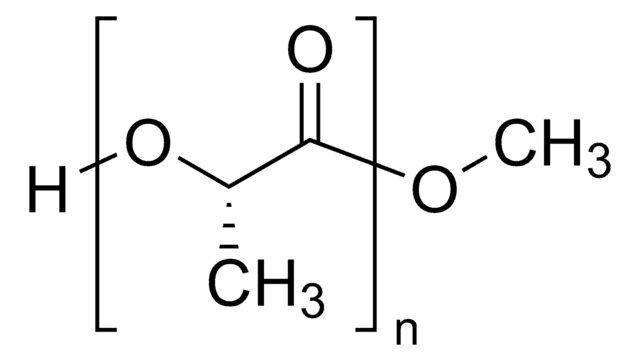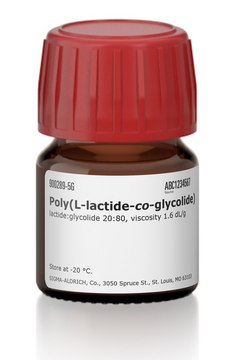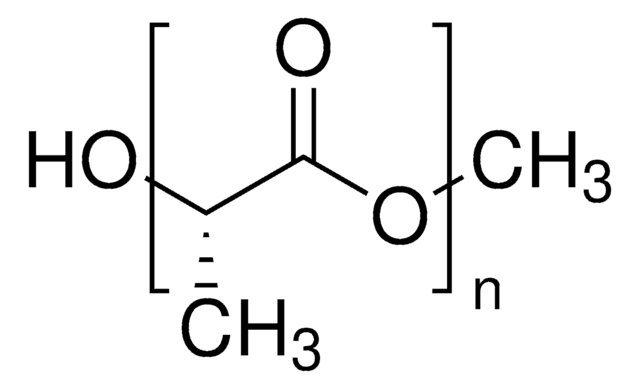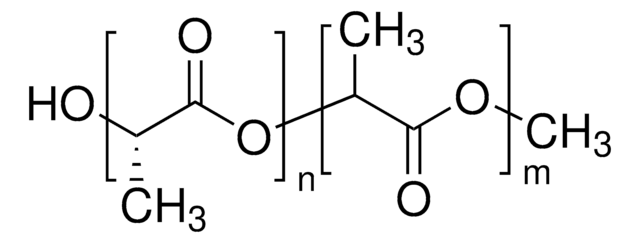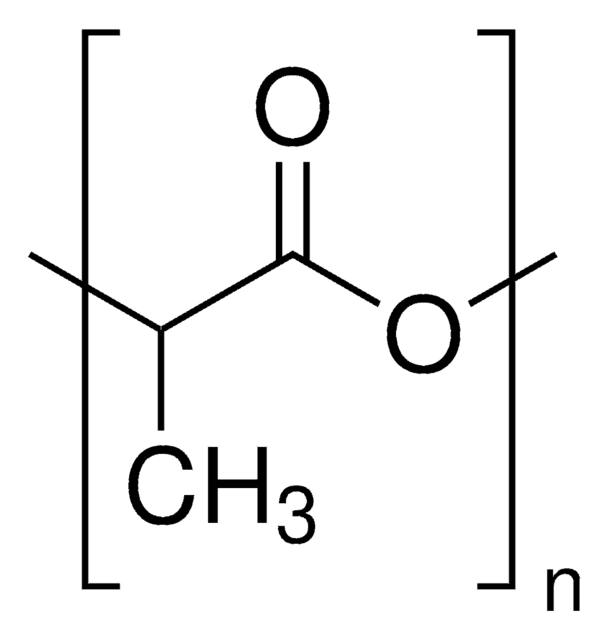推荐产品
表单
solid
储存温度
−20°C
SMILES字符串
O=C(OCC1)[C@@]1([H])NC(CC2=CC=C(I)C=C2)=O
InChI
1S/C12H12INO3/c13-9-3-1-8(2-4-9)7-11(15)14-10-5-6-17-12(10)16/h1-4,10H,5-7H2,(H,14,15)/t10-/m0/s1
InChI key
IMJUHEKUNKCNGB-JTQLQIEISA-N
应用
PHL is a strong inhibitor of several LuxR-type receptors, including LuxR from V. fischeri, TraR from A. tumefaciens, the putative LuxR-type receptor from A. baumannii – AbaR, and RhlR from P. aeruginosa. This compound represents a good choice for initial testing of LuxR-type receptor inhibition.
储存分类代码
11 - Combustible Solids
WGK
WGK 3
闪点(°F)
Not applicable
闪点(°C)
Not applicable
Michael A Welsh et al.
Journal of the American Chemical Society, 137(4), 1510-1519 (2015-01-13)
The opportunistic pathogen Pseudomonas aeruginosa uses three interwoven quorum-sensing (QS) circuits-Las, Rhl, and Pqs-to regulate the global expression of myriad virulence-associated genes. Interception of these signaling networks with small molecules represents an emerging strategy for the development of anti-infective agents
Grant D Geske et al.
ACS chemical biology, 2(5), 315-319 (2007-05-08)
Bacteria monitor their population densities using low-molecular-weight ligands in a process known as quorum sensing. At sufficient cell densities, bacteria can change their mode of growth and behave as multicellular communities that play critical roles in both beneficial symbioses and
Danielle M Stacy et al.
ACS chemical biology, 7(10), 1719-1728 (2012-08-03)
Many bacterial pathogens use quorum sensing (QS) to control virulence. As a result, the development of methods to intercept QS has attracted significant interest as a potential anti-infective therapy. Acinetobacter baumannii has emerged as a pan-drug-resistant pathogen and displays a
Grant D Geske et al.
Journal of the American Chemical Society, 129(44), 13613-13625 (2007-10-12)
Bacteria use a language of low molecular weight ligands to assess their population densities in a process called quorum sensing. This chemical signaling process plays a pivotal role both in the pathogenesis of infectious disease and in beneficial symbioses. There
相关内容
We study quorum sensing, how bacteria sense their density. Synthesized compounds modulate pathways, aiding research on infections in various hosts.
我们的科学家团队拥有各种研究领域经验,包括生命科学、材料科学、化学合成、色谱、分析及许多其他领域.
联系技术服务部门